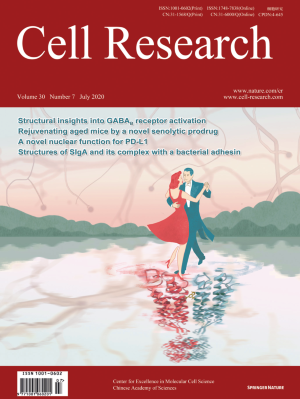
Advanced Search
Submit Manuscript
Advanced Search
Submit Manuscript
Volume 30, No 7, Jul 2020
ISSN: 1001-0602
EISSN: 1748-7838 2018
impact factor 17.848*
(Clarivate Analytics, 2019)
Volume 30 Issue 7, July 2020: 626-629 |
The cell surface marker CD36 selectively identifies matured, mitochondria-rich hPSC-cardiomyocytes
Ellen Ngar-Yun Poon1, Xiao-ling Luo2, Sarah E. Webb3, Bin Yan 4,5 ,Rui Zhao6, Stanley Chun Ming Wu7, Yong Yang 8,9 , Peng Zhang2,Huajun Bai2, Jiaofang Shao 10, Ching Man Chan3,Godfrey Chi-Fung Chan7, Suk Ying Tsang 6,11 ,Rebekah L. Gundry 12,15 , Huang-Tian Yang 2,13 and Kenneth R. Boheler 8,14
Dear Editor,
Human pluripotent stem cell (hPSC)-derived cardiomyocytes (CMs) are of significant translational value to in vitro studies of human cardiac development, drug and cardiotoxicity testing and cardiac disease modelling. Differentiation of hPSCs to CMs, however, yields mixed cultures of atrial-, ventricular-, and pacemaker-like cells as well as non-CMs in variable proportions.1 Strategies to enrich CMs from non-CMs and to generate ventricular versus atrial cells have been successful; however, enriched hPSC-CMs are developmentally immature and fail to recapitulate key functional traits that are fundamental to the (patho)physiology of adult CMs.1,2 Moreover, these strategies do not adequately address experimental variabilities caused by differences in the genomes and differentiation capabilities of diverse hPSC lines. One validated approach that overcomes issues of cell heterogeneity and experimental variability is immunophenotyping; however, accessible markers suitable for defining mature, live CMs are lacking. Although cell surface markers such as SIRPA(CD172a) and VCAM1(CD106)3,4 have been used to sort for hPSC-CMs, they do not distinguish between maturation states. Here, we report the identification of CD36 as a cell surface marker of maturation, which can be used to reduce experimental variability and improve drug screens.